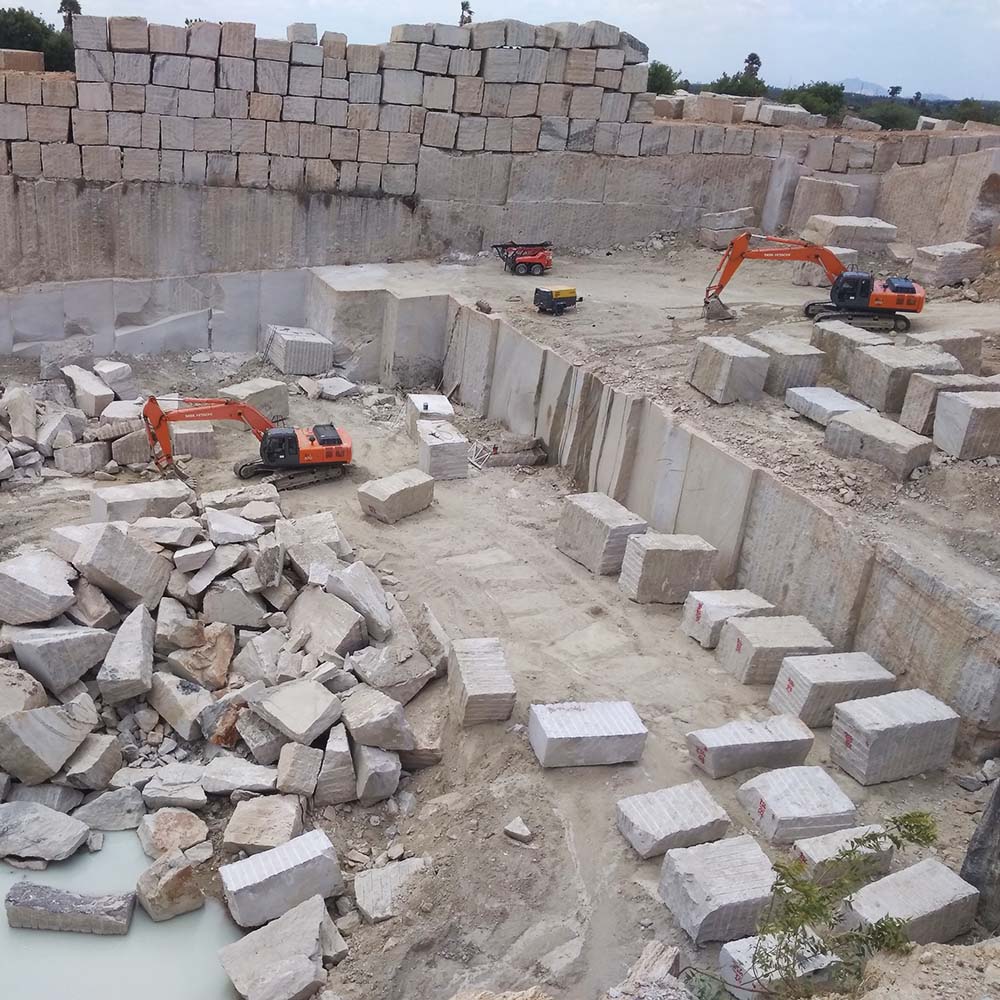Journeying Via Granite Quarries in South Africa: A Visual Odyssey
Uncovering the Rich History and Sustainable Practices of Granite Quarrying
As we depend on the precipice of discovering the elaborate tapestry of granite quarrying, a journey through time exposes not just the physical act of drawing out stone however also the cultural and historic relevance woven right into the extremely material of this technique. From the old beginnings that laid the structure for modern-day quarrying strategies to the sustainable practices that are forming the future of this sector, each carve mark on granite surfaces narrates waiting to be uncovered (granite quarries in south africa). The legacy of granite quarrying extends far past simple removal; it is a testament to human resourcefulness, durability, and the long-lasting allure of this majestic stone
Old Origins of Granite Quarrying
Dating back to ancient human beings, the method of quarrying granite has actually been an important part of human background and building advancement. The earliest evidence of granite quarrying dates back to ancient Egypt, where substantial pyramids and elaborate sculptures were crafted from this resilient rock. The Egyptians made use of primitive tools to remove granite blocks from quarries, showcasing the relevance of this material in their significant constructions.
Progressing in history, the Greeks likewise made significant payments to the quarrying of granite. The Greeks utilized granite in various architectural wonders, such as holy places and statues, showing their skill in shaping and carving this sturdy rock. The Romans better improved the methods of quarrying granite, employing innovative tools like knives and hammers to essence and form granite for their renowned frameworks.
With the centuries, the method of quarrying granite has actually evolved, with modern innovations improving performance while preserving the ageless appeal of this natural stone - granite quarries in south africa. From ancient human beings to contemporary contractors, the heritage of granite quarrying proceeds to shape our globe
Advancement of Quarrying Strategies
The development of quarrying methods has actually been marked by a continuous development in the direction of greater effectiveness and accuracy in removing granite. Early quarrying methods involved hands-on labor with standard devices such as knives, hammers, and wedges to draw out granite blocks from the planet.
Innovations in computer-controlled devices and 3D modeling have maximized quarrying procedures, leading to marginal ecological effect and improved sustainability techniques. As the need for granite continues to rise, the advancement of quarrying strategies remains important to meeting industry needs effectively and sustainably.
Social Value of Granite
Granite holds an extensive cultural significance throughout various people due to its long-lasting visibility in building masterpieces and prized monoliths. From the impressive pyramids of Egypt to the detailed makings of the Angkor Wat holy place in Cambodia, granite has been a product of option for expressing splendour and longevity in cultural heritage. In old Rome, granite columns embellished holy places and public buildings, representing stamina and durability. The social significance of granite expands beyond its physical qualities; it symbolizes durability, security, and eternity, making it an icon of withstanding traditions and traditions.

Sustainable Practices in Quarrying
Amidst the abundant history of granite quarrying and its social relevance lies a growing focus on lasting practices within the market. More Bonuses As environmental awareness and concerns regarding resource exhaustion have actually enhanced worldwide, the quarrying industry has actually significantly embraced sustainable methods to decrease its influence on the atmosphere and surrounding neighborhoods.

Moreover, reclamation and recovery of quarry websites post-extraction are important to sustainable methods. By bring back quarried locations to a natural or beneficial state, such as creating wild animals environments or entertainment areas, quarriers can balance out the ecological footprint of their procedures and add favorably to the local community.
Legacy of Granite Quarrying
With a historical his explanation background soaked in craftsmanship and industrial development, what enduring influence has granite quarrying left on the landscape of modern-day society? The legacy of granite quarrying transcends simple extraction techniques; it has shaped building wonders, metropolitan landscapes, and cultural heritage worldwide. The resilient nature of granite has actually made it a preferred choice for monuments, buildings, and facilities, standing as a testimony to the ability and creativity of quarry workers throughout generations.
In addition, the financial footprint of granite quarrying can not be forgotten. The industry continues to supply employment possibility and drive regional economic climates in areas where granite extraction prevails. It has additionally spurred technological innovations in quarrying techniques and tools, resulting in much more reliable and sustainable methods.
In regards to sustainability, the tradition of granite quarrying consists of efforts to alleviate ecological effects through improvement jobs and responsible resource administration. By balancing financial interests with environmental stewardship, the market makes every effort to ensure that future generations can continue to benefit from this enduring natural deposit.
Verdict
